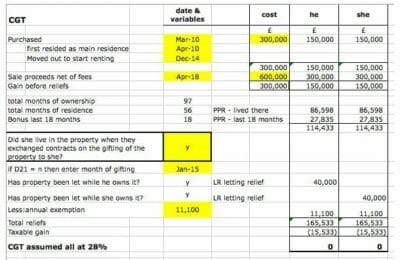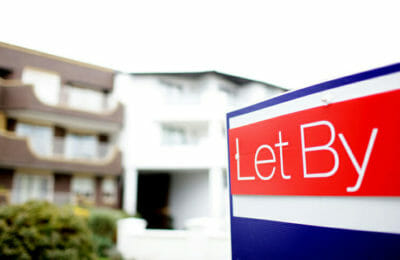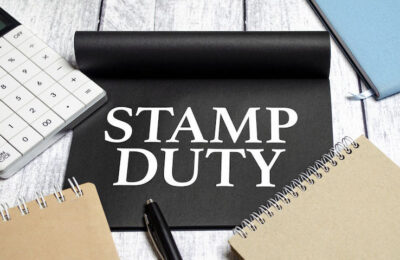Joint tenants or tenants in common – here’s what you need to know about your jointly owned property
We are often asked about the most tax-efficient way to hold a buy to let property and this question has become much more pertinent since the withdrawal of higher rate tax relief on mortgage interest over the last few years. Properties can be bought by limited companies or individuals in their personal names which is when the question about owning property jointly as joint tenants or tenants in common arises.
Often the best way to hold a property is to buy it in jointly with a spouse. This will allow the tax burden to be shared between two people so that any tax-free allowances and the basic rate band (currently 20%) can be used most effectively.
But it is not always the case that a husband and wife can decide the proportions in which to share the rental income they receive from a jointly owned property and it is the split of the rental income which determines how the income is taxed. Where a property is owned jointly by a married couple (or civil partners), the income and expenses must be declared in equal portions on each of the owners’ tax returns unless and until an election is made to the contrary and lodged with HMRC.
And that election can only be made if the property is held as “tenants in common” rather than as “joint tenants”. Buying a property as “joint tenants” is the usual form of ownership but owning it as “tenants in common” is more flexible as the property can then be held in unequal shares. It is possible to change the form of ownership but legal advice will be required.
Once a property is held as “tenants in common”, by splitting income from property in the right proportions between spouses/partners it is possible to maximise tax savings.
For further details please read our more detailed piece on Rental Income & Married Couples: How it Affects Taxes
At THP we specialise in helping Landlords and have developed a special section on our website just for landlords which explains everything in much more detail.
Please visit the Buy To Let section on our website at www.thp.co.uk/btl where you can discover the ins and outs of let property ownership.
About Ian Henman
London lad Ian joined THP in October 2016 to set up and manage THP’s new legal services department.
Starting at the tender age of 19 Ian spent almost 30 years building his career at Natwest/RBS becoming a business client account manager to many local businesses.
Ian was looking for a new challenge and as THP was searching for someone to gain accreditations and spearhead the legal services department, there was a clear synergy.
More posts by Ian Henman











